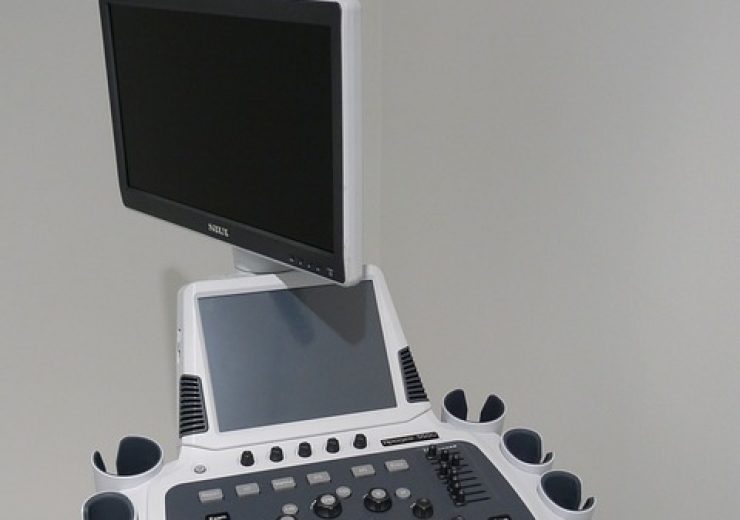The integration will help leverage AI and machine learning to analyse, assess and categorise thyroid ultrasound imaging using TI-RADS classification

The combined technologies will allow technologists and radiologists to make more informed and better decisions. (Credit: falco from Pixabay)
Healthcare technology company Kailo Medical has combined with artificial intelligence (AI) company Medo to standardise thyroid ultrasound practices.
As part of the move, Medo Thyroid will be integrated with Kailo’s SonoReview product to quickly and precisely make nodule classification.
The Kailo SonoReview product is a touch screen terminal product, which enables radiology, cardiology and point of care to provide modern, electronic and clinically assisted worksheets and reports.
Kailo Medical North America vice president Jessica Wilson said: “The integration of MEDO’s AI technology has the potential to double patient throughput and enable technologists and radiologists to more accurately assess, categorise and diagnose radiology findings, doing away with unnecessary follow up testing that can bring patients anxiety and stress.”
The integration with Medo is said to leverage AI and machine learning to analyse, evaluate and categorise thyroid ultrasound imaging using TI-RADS classification. Kailo’s SonoReview will facilitate the structured reporting.
The combined technologies will allow technologists and radiologists to make more informed and better decisions, as well as, standardise diagnoses and over time.
It will also help minimise the margin of error to deliver better health results for everyone.
MEDO co-founder David Quail said: “MEDO.ai automates the mundane, difficult and subjective elements of exams – but this value is only truly realized when it’s incorporated directly into the workflow of users, as demonstrated by this integration with SonoReview.
“The integration of the two solutions allows users to benefit from Kailo Medical’s efficiency gains as well as MEDO’s AI assistance, all seamlessly integrated within their workflow. The union of these two groundbreaking technologies is set to deliver a better user and patient experience.”
